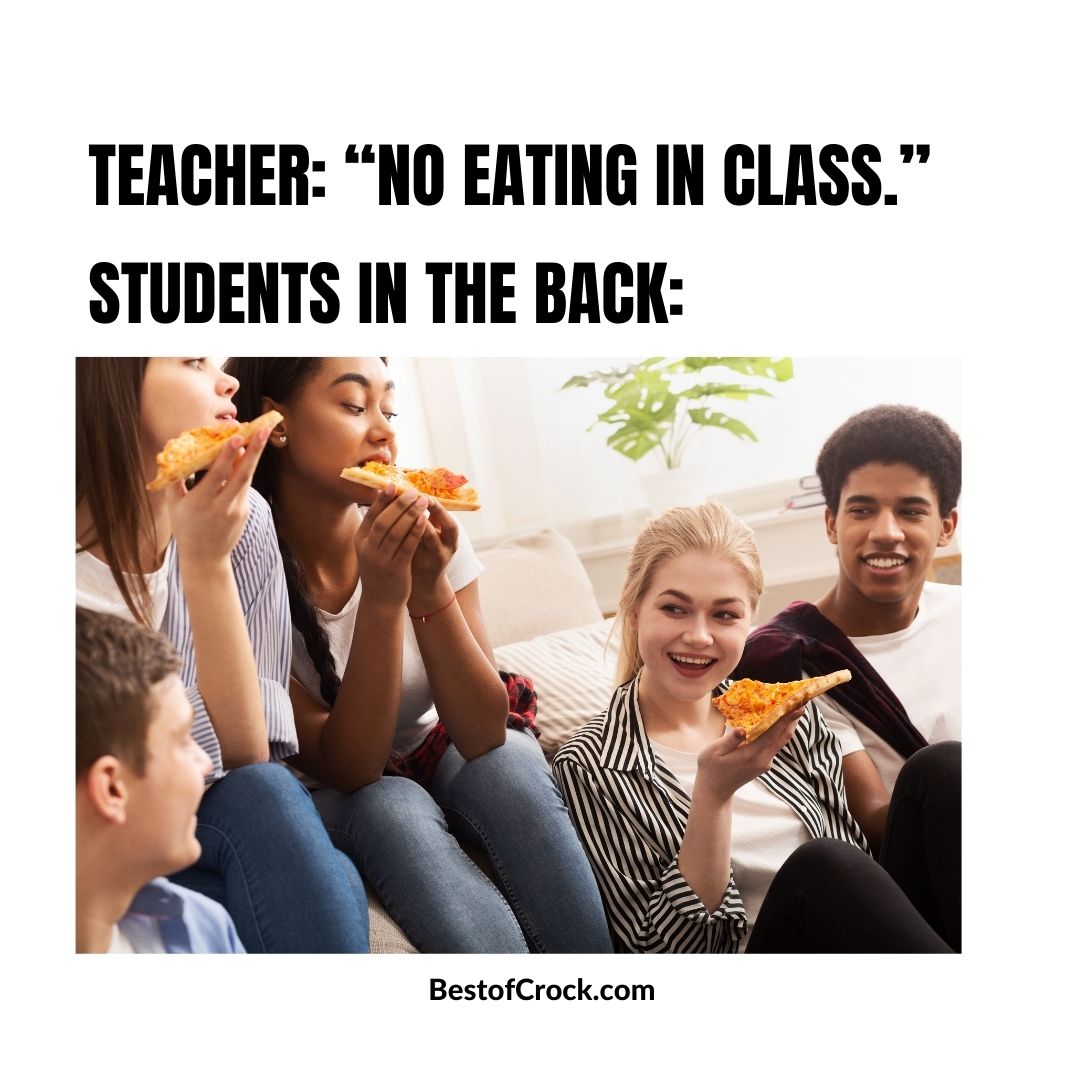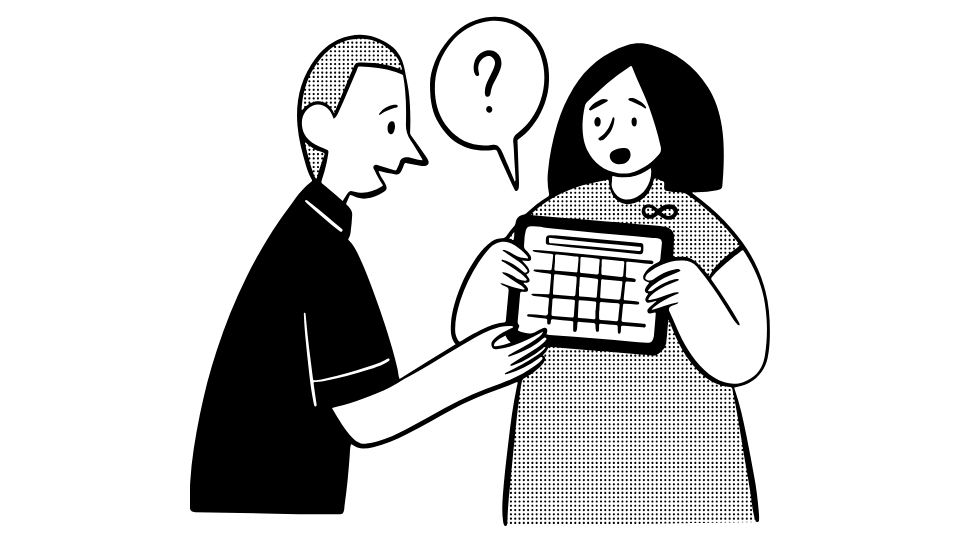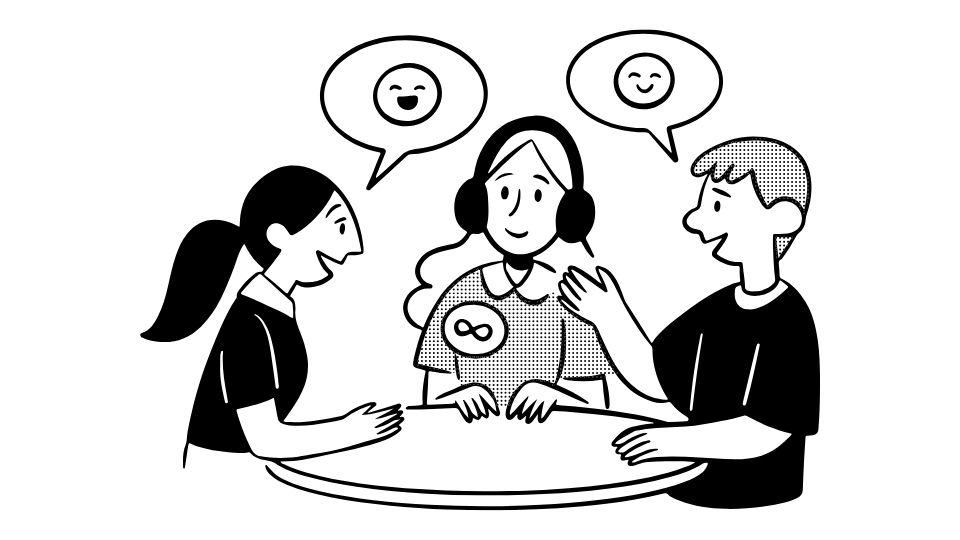Ever felt like your eating habits are all over the place during college? Same. Between late-night study sessions, dining hall mysteries, and that ramen budget life, it’s easy to lose track of what actually goes into your body.
Meal tracking apps might sound like something only fitness influencers use, but they’re actually super helpful for students trying to avoid the freshman fifteen (or sophomore seventeen or senior twenty).
Let’s dive into why tracking your food might be the study hack you didn’t know you needed and which apps actually don’t suck.

Why Should Students Track Their Meals?
Listen, I’m not here to tell you to count every calorie or obsess over macros. But there are some legit benefits to keeping tabs on what you’re eating:
1. Brain Food is a Real Thing

Your brain uses about 20% of your energy, so what you feed it matters. When I switched from my “coffee and whatever’s in the vending machine” diet to actual balanced meals, my focus during study sessions improved dramatically.
Research shows that balanced nutrition significantly impacts cognitive performance – something you might want when you’re cramming for finals at 2 AM. A Harvard study found direct links between diet quality and brain function.
2. Budget-Friendly Eating
College is expensive enough without wasting money on food.
Tracking your meals helps you:
- Plan grocery trips more efficiently
- Reduce impulse food purchases
- Minimize food waste (RIP to all the forgotten leftovers)
- Actually use what you buy instead of ordering takeout
3. Energy Management
Ever crashed hard halfway through an afternoon lecture? Your diet might be the culprit.
Tracking helps you identify patterns – like how that massive sugary coffee drink leads to energy spikes and crashes, or how skipping breakfast makes you unproductive until lunch.
4. Health Goals (Whatever Yours Are)
Whether you’re trying to:
- Gain muscle (gym bros unite)
- Maintain weight
- Lose the stress-eating pounds
- Manage a health condition
- Just feel better
Meal tracking gives you the data to see what’s working and what’s not.
Top Meal Tracking Apps for Broke College Students

MyFitnessPal: The OG Food Tracker
Best for: People who want the biggest food database
The Good:
- Massive food database (like, they have everything)
- Barcode scanner that actually works
- Recipe calculator for homemade meals
The Not-So-Good:
- The free version bombards you with ads
- Many useful features are locked behind a paywall
- Can be overwhelming for beginners
MyFitnessPal is basically the Google of food tracking. According to a University of California study, it’s one of the most accurate tracking apps in terms of nutrition data.
Cronometer: For the Nutrition Nerds
Best for: Science majors who want to track literally everything
The Good:
- Tracks micronutrients (not just calories and macros)
- Much better free version than competitors
- Clean, no-nonsense interface
The Not-So-Good:
- Smaller food database
- Learning curve is steeper
- Less social features if that’s your thing
If you’re the type who wants to know exactly how much vitamin B12 you’re getting, this is your app.
Lifesum: The Pretty One
Best for: Visual learners who need something aesthetically pleasing
The Good:
- Beautiful interface (seriously, it’s like the Instagram of food trackers)
- Colorful feedback and health scores
- Good for beginners
The Not-So-Good:
- Limited food database in free version
- Premium features are pricey
- Less detailed than other options
Sometimes a pretty interface is what keeps you consistent. No judgment here.
Mealbymeal: For Text-Loving Lazy Trackers
Best for: People who hate using apps but still want to track
The Good:
- You literally just text your meals to a number
- No need to open an app or search databases
- Super simple to use between classes
The Not-So-Good:
- Less detailed nutrition breakdown
- Fewer customization options
- Subscription required
According to nutrition experts at Tufts University, the best tracking method is the one you’ll actually stick with – and texting might be it for some students.
How to Actually Stick With Meal Tracking

Let’s be real – starting is easy, continuing is hard. Here’s how to make it stick:
Start Super Simple
Don’t try to track everything perfectly from day one. Maybe just track breakfast for a week, then add lunch.
Use It As Data, Not Judgment
Your meal tracker isn’t your mom. It’s just collecting information. Don’t let numbers make you feel bad about yourself.
Make It Social
Get your roommates or friends to track with you. Everything’s more fun (and more likely to stick) when you’re not doing it alone.
Set Realistic Expectations
You will forget to track sometimes. You will eat things you can’t easily log. It’s fine. Progress > perfection.
If you’re struggling to maintain a balanced diet while juggling classes, projects and social life, The American College Health Association suggests that even basic meal planning can significantly improve student nutrition outcomes.
The Bottom Line
Meal tracking isn’t about obsessing over every bite or becoming a nutrition expert overnight. It’s about building awareness of what you’re putting in your body and how it affects your energy, focus, and overall well-being.
Pick an app that matches your personality and goals, give it a solid try for a few weeks, and see if you notice a difference in how you feel and perform. Your brain (and your body) might thank you when finals season hits.
And remember – that 3 AM pizza during exam week? Still worth tracking, but definitely worth eating.




Leave a Reply